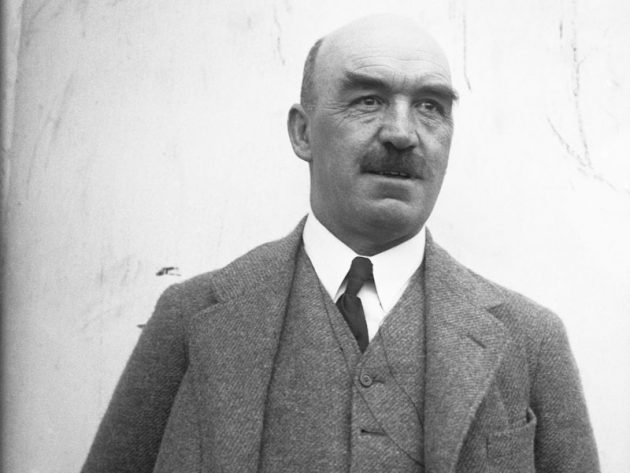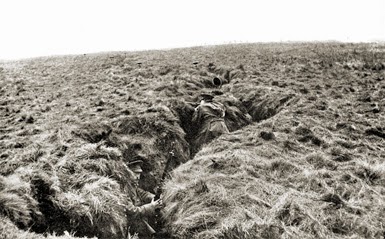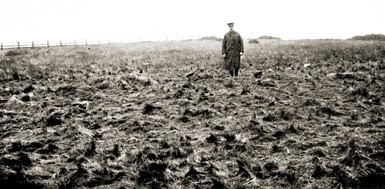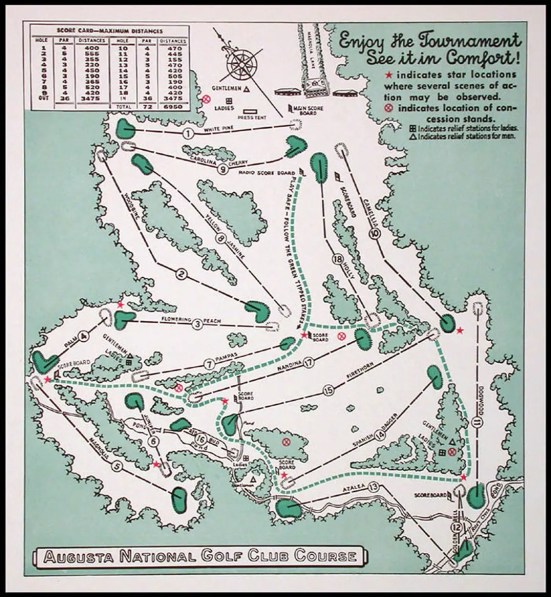A Brief History on Haggin Oaks’ Course Architect – Dr. Alister MacKenzie
We want to take a look at the man who not only designed the immaculate course being played but dives into the history of his design influences which have shaped golf course architecture.

Dr. Alister MacKenzie (1870-1934) is one of the world’s most renowned golf architects. His interest in design began during his time in the Boer War.
During the Boer War, MacKenzie served as a surgeon with the Somerset Regiment in South Africa. This is where he studied the technique, design, and effects of camouflage.
Camouflage is the use of natural cover, while also constructing artificial cover that is indistinguishable from nature.
MacKenzie believed in the effects of camouflage and brought his findings and his designs to the British Military, however, he faced backlash and was rejected.
He persisted and two years after, he was ordered to London to share his findings with the King, the leading generals, and the army council.
He is the founder of the Camouflage School in England located at Hyde Park, London. During World War, all officers of the allied forces attended this school to learn camouflage operations.
He utterly believed that camouflage could be used to prevent war, but the focus was defensive purposes.


MacKenzie’s use of camouflage did not stop with the war efforts. He utilized his skills in earthworks, design, and knowledge of nature to bring camouflage to the golf course.
He went from building trench bunkers to golf bunkers. His designs were speculated to be influenced by artists such as Pablo Picasso and Henri Matisse.
The amoeboid sand traps were thought to be influenced by Matisse, who used these shapes in his art. However, they could have been influenced by abstract artist and illustrator Hans Arp (Jean Arp).

Augusta National Golf Club (Augusta GA) was one of the last courses designed by Dr. Alister MacKenzie. Bobby Jones connected with him and together they saw Augusta National come to life.
The course was built during the Great Depression and that alone had effects on the design and production of the golf course.
MacKenzie came up with the routing positions and created the greens. The course was made for all standards of players. They wanted the course to be able to be played by anyone. Whether they wanted an easy round or a more strategic game.
Every hole has a different par than the one it proceeds with the exceptions of holes 10 and 11, as well as holes 17 and 18. Also, no two holes head in the same direction.
MacKenzie was already moving away from his flashy style, it wasn’t about the sand and water traps but rather the style was reflected on the contours of the land. With clever pin placement, a hole went from an easy shot to an impossible feat.
The Masters started just one year after the opening of Augusta National Golf Course, in 1933. Unfortunately, Dr. Alister MacKenzie passed before the first Master’s was played and was unable to see what his course would later be known for.

Dr. Alister MacKenzie has an impressive history of course design. Many of his courses are in the top ten courses to play in the world. We are proud to have his mark on our course at Haggin Oaks Golf Course.
He designed Alister MacKenzie Course in 1931, and it was built and opened the following year. When you play this course expect to find the challenges of a camouflaged course.
MacKenzie designed the greens with moundings in between the bunkers and throughout the fairway, which deceptively alters the appearance of the hole.
So good luck on your next round, those bunkers aren’t where they appear to be!

